BUY WINSTROL ONLINE
Winstrol is a prescription medicine used as a prophylactic to prevent the symptoms of hereditary angioedema and severity of attacks of angioedema. Winstrol may be used alone or with other medications.
Winstrol belongs to a class of drugs called Anabolic Steroids, Schedule III.
It is not known if Winstrol is safe and effective in children.
What are the possible side effects of Winstrol?
Winstrol may cause serious side effects including:
- too frequent or persistent erection of the penis,
- appearance or aggravation of acne,
- hoarseness (women),
- changes in menstrual periods,
- more hair growth on the face (women),
- nausea,
- vomiting,
- changes in skin color and
- ankle swelling
Get medical help right away, if you have any of the symptoms listed above.
The most common side effects of Winstrol include:
- new or worsening acne,
- difficulty sleeping,
- headache,
- changes in sexual desire,
- nausea,
- vomiting,
- changes in skin color, and
- ankle swelling
Tell the doctor if you have any side effect that bothers you or that does not go away.
These are not all the possible side effects of Winstrol. For more information, ask your doctor or pharmacist.
Call your doctor for medical advice about side effects. You may report side effects to FDA at 1-800-FDA-1088.
DESCRIPTION
WINSTROL (anabolic steroids) , brand of stanozolol tablets, is an anabolic steroid, a synthetic derivative of testosterone. Each tablet for oral administration contains 2 mg of stanozolol. It is designated chemically as 17-methyl-2′ H -5(alpha)-androst-2-eno[3,2- c ]pyrazol-17(beta)-ol.
Inactive Ingredients: Dibasic Calcium Phosphate, D&C Red #28, FD&C Red #40, Lactose, Magnesium Stearate, Starch.
DOSAGE AND ADMINISTRATION
The use of anabolic steroids may be associated with serious adverse reactions, many of which are dose related; therefore, patients should be placed on the lowest possible effective dose.
Hereditary Angioedema. The dosage requirements for continuous treatment of hereditary angioedema with WINSTROL (anabolic steroids) should be individualized on the basis of the clinical response of the patient. It is recommended that the patient be started on 2 mg, three times a day. After a favorable initial response is obtained in terms of prevention of episodes of edematous attacks, the proper continuing dosage should be determined by decreasing the dosage at intervals of one to three months to a maintenance dosage of 2 mg a day. Some patients may be successfully managed on a 2 mg alternate day schedule. During the dose adjusting phase, close monitoring of the patient’s response is indicated, particularly if the patient has a history of airway involvement.
The prophylactic dose of WINSTROL (anabolic steroids) , to be used prior to dental extraction, or other traumatic or stressful situations has not been established and may be substantially larger.
Attacks of hereditary angioedema are generally infrequent in childhood and the risks from stanozolol administration are substantially increased. Therefore, long-term prophylactic therapy with this drug is generally not recommended in children, and should only be undertaken with due consideration of the benefits and risks involved (see PRECAUTIONS, Pediatric Use ).
SIDE EFFECTS
Hepatic: Cholestatic jaundice with, rarely, hepatic necrosis and death. Hepatocellular neoplasms and peliosis hepatis have been reported in association with long-term androgenic-anabolic steroid therapy (see WARNINGS). Reversible changes in liver function tests also occur including increased bromsulphalein (BSP) retention and increases in serum bilirubin, glutamic oxaloacetic transaminase (SGOT), and alkaline phosphatase.
Genitourinary System: In men. Prepubertal: Phallic enlargement and increased frequency of erections.
Postpubertal: Inhibition of testicular function, testicular atrophy and oligospermia, impotence, chronic priapism, epididymitis and bladder irritability.
In women: Clitoral enlargement, menstrual irregularities.
In both sexes: Increased or decreased libido.
CNS: Habituation, excitation, insomnia, depression.
Gastrointestinal: Nausea, vomiting, diarrhea.
Hematologic: Bleeding in patients on concomitant anticoagulant therapy.
Breast: Gynecomastia.
Larynx: Deepening of the voice in women.
Hair: Hirsutism and male pattern baldness in women.
Skin: Acne (especially in women and prepubertal boys).
Skeletal: Premature closure of epiphyses in children (see PRECAUTIONS, Pediatric Use ).
Fluid and Electrolytes: Edema, retention of serum electrolytes (sodium, chloride, potassium, phosphate, calcium).
Metabolic/Endocrine: Decreased glucose tolerance (see PRECAUTIONS), increased serum levels of low-density lipoproteins and decreased levels of high-density lipoproteins (see PRECAUTIONS, Laboratory Tests ), increased creatine and creatinine excretion, increased serum levels of creatinine phosphokinase (CPK).

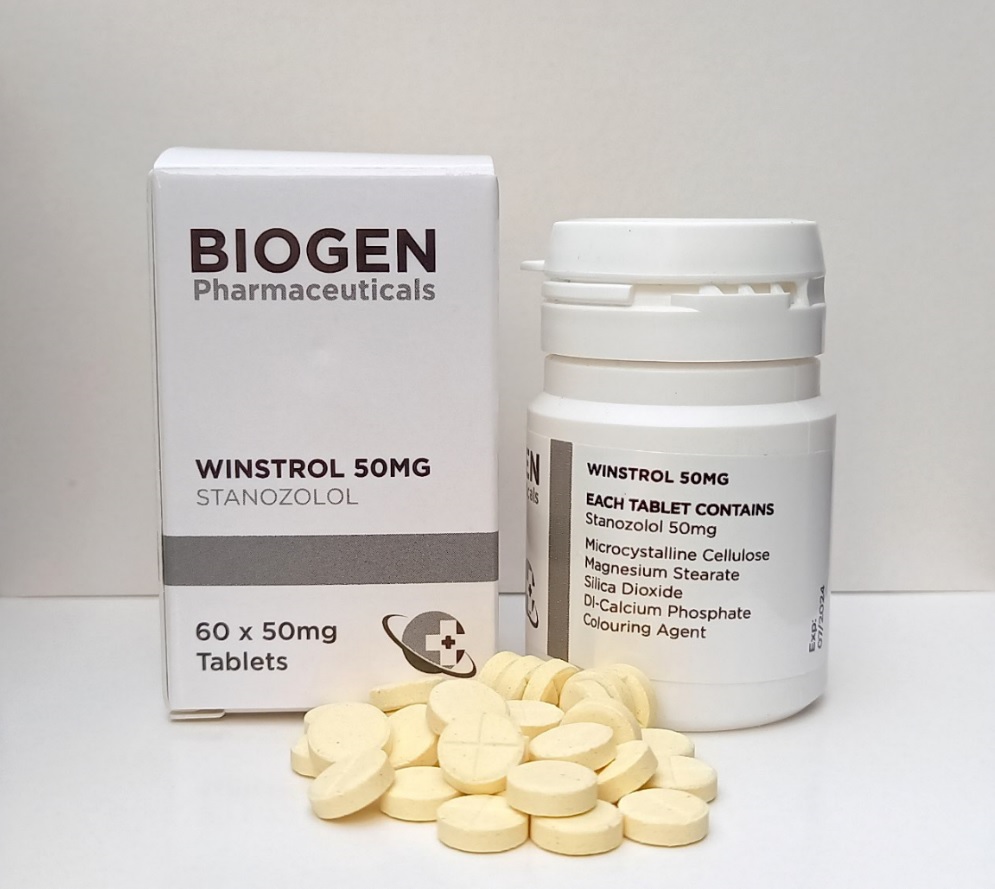
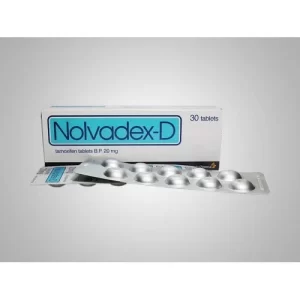
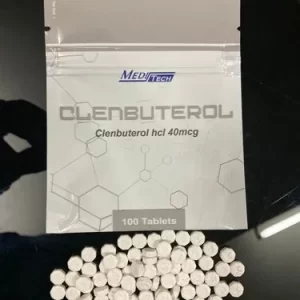
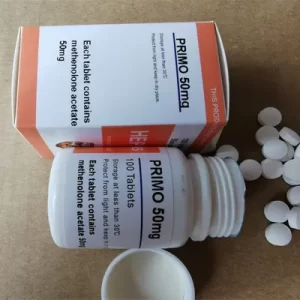
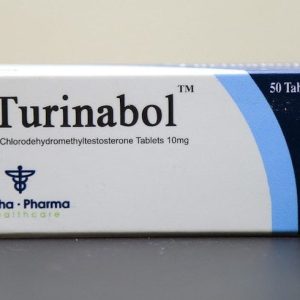
Reviews
There are no reviews yet.